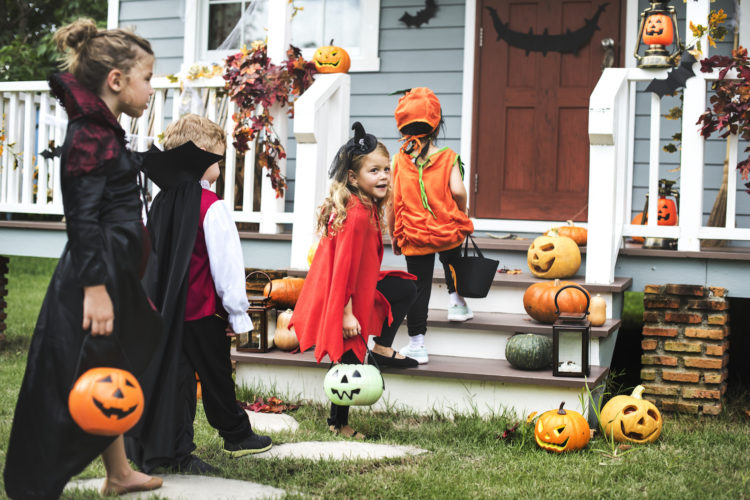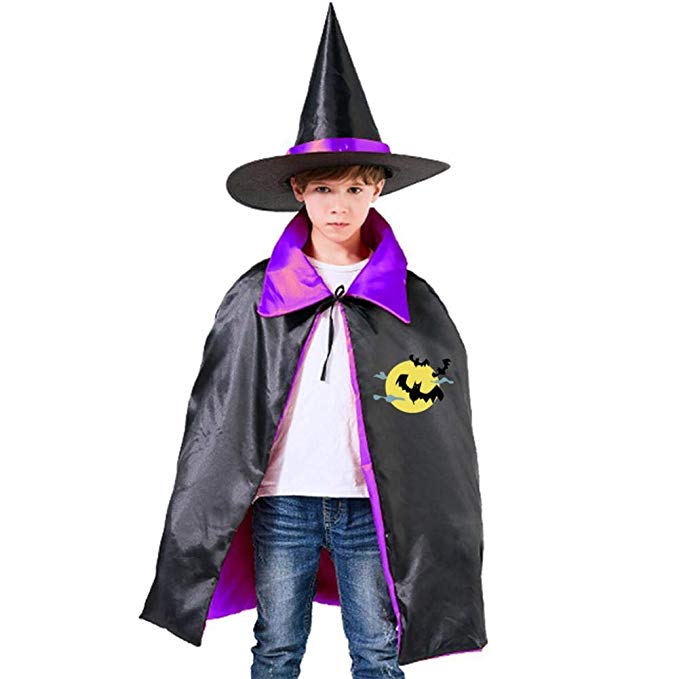Five Tips to Take the Scare Out of Halloween

Halloween can be scary, particularly for autistic students who generally thrive on routine. As it only happens once a year, there are many unexpected aspects of the holiday and the lead up to it. Spooky music, creatures jumping out of nowhere, and creepy costumes add to the anxiety.

Tracey Mello, a League School Certified Occupational Therapy Assistant for the past eight years, offers the following five tips to take the scare out of Halloween:
1) Preview Trick or Treating
Take time to practice what to expect on Halloween. Act out the exchange that happens when someone rings the doorbell. Practice what to do if your child doesn’t like the candy he or she receives. Show your child which houses you will visit and take a practice walk. If possible, enlist a neighbor’s help to role play in advance. You may want to give your neighbors your child’s favorite candy to give to him or her on Halloween. Consider videotaping the practice run so you can watch it a few times before October 31.
2) Pick the Right Costume

Allow plenty of time to pick the right costume. Consider your son’s or daughter’s preferences when choosing a costume. If there are sensory aspects of the costume that will be bothersome, discuss other options. Some students don’t like a mask on their face, so stay away from masks if this is true for your child. Does your child like to wear sweatpants or a hat? Incorporate this clothing into the costume. If possible, have your son or daughter try on the costume before you buy it. You want to be sure your child is comfortable. Once you have the costume, practice trying it on before Halloween.
3) Enlist a Peer Model to Accompany Your Child
A sibling or neighborhood child can be a helpful role model for your child while Trick or Treating. Your child will appreciate the opportunity to emulate the other child’s words and actions. Be sure to watch for any concerning encounters, such as a barking dog, motion decorations, or scary mask, and intervene when necessary. Take along a calming object in case of an unexpected experience.
4) Quit While You’re Ahead
Don’t go to the last few houses just because you had planned to do so. If it looks like your child is fading, quit while you’re ahead. You’ll want to allow plenty of time to unwind. Plan for a calming activity after the excitement of the night.
5) Have Fun!
Follow these tips and you and your child are bound to enjoy the holiday. “The biggest takeaway of Halloween is to have fun,” says Tracey Mello. “If your child has a positive experience, he or she will bring those memories to future Halloween holidays.”
